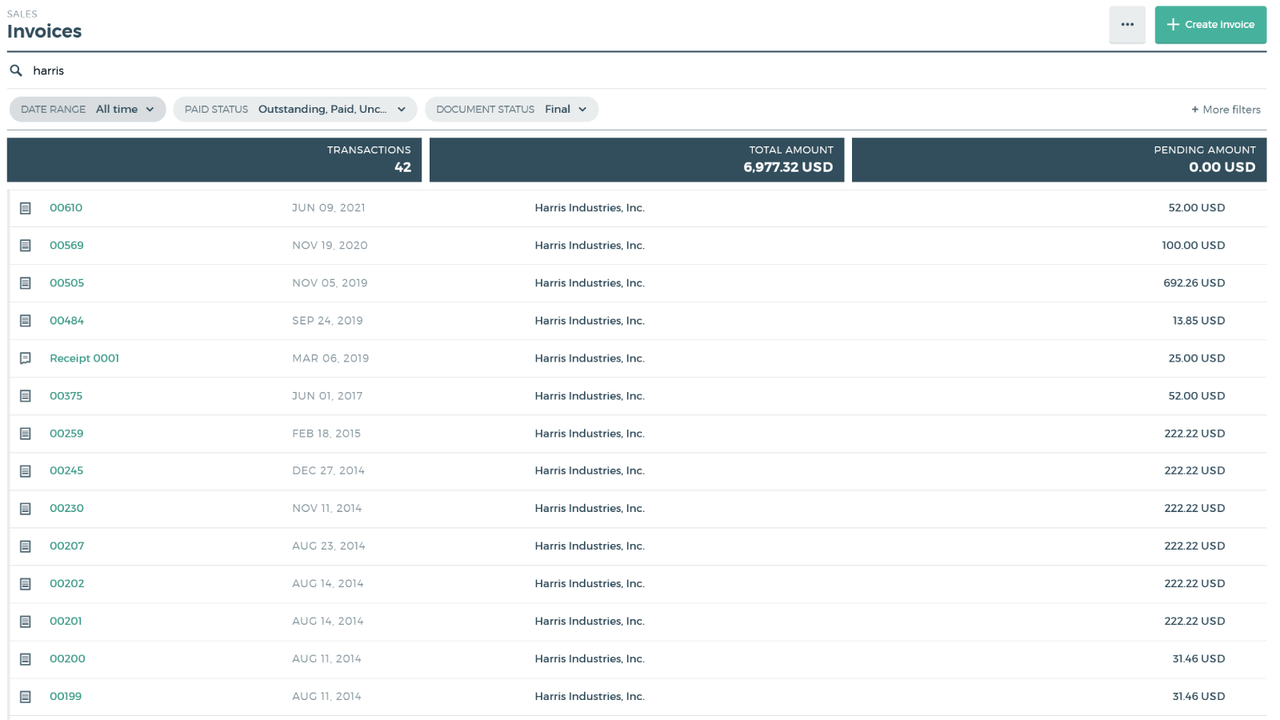Quaderno: Complete Buyer's Guide
Specialized tax automation platform for digital-first ecommerce businesses.
Quaderno delivers rule-based tax automation rather than AI-powered solutions, focusing on streamlined integration with popular ecommerce platforms like Stripe and Shopify[42][64][84].
Market Position & Maturity
Market Standing
Quaderno occupies a specialized niche targeting digital product sellers expanding globally, particularly those using Stripe/Shopify with moderate revenue levels[41][42][70][79][94].
Company Maturity
The platform offers transparent tier-based pricing and free trials without credit card requirements[90][94], suggesting operational stability for SMB market needs.
Strategic Partnerships
Strategic partnerships center on Stripe ecosystem integration, though comprehensive partnership data lacks public availability[49][70][84].
Longevity Assessment
While the platform serves a viable market niche, the lack of AI investment and limited enterprise capabilities may constrain long-term competitiveness as the market evolves toward more sophisticated automation[62][67][77].
Proof of Capabilities
Customer Evidence
LearnWorlds achieved EU VAT compliance through Quaderno integration, demonstrating the platform's effectiveness for e-learning businesses expanding internationally[57]. Whippy AI reports substantial reduction in tax support tickets after integration, validating automation benefits for SaaS operations[40][57][58][73].
Quantified Outcomes
The LearnWorlds case study claims significant annual savings, though these figures require independent validation[57][73].
Case Study Analysis
Implementation evidence shows 2-5 business day deployment timelines for standard API integrations, significantly faster than enterprise solutions requiring 12+ weeks[40][57].
Market Validation
Market adoption patterns reveal concentration in specific business types. The customer base appears focused on SaaS, digital services, and e-learning businesses with small team sizes[42][57][116].
Competitive Wins
Organizations succeed with Quaderno when they operate primarily in digital products with cross-border sales[57][73].
Reference Customers
Reference customer analysis shows EU VAT compliance as a particular strength area for smaller enterprises[73][83].
AI Technology
Quaderno operates through rule-based systems rather than machine learning or artificial intelligence, despite marketing references to automation[61][70].
Architecture
The technical architecture centers on real-time geolocation data processing and product categorization to apply correct tax rates across multiple jurisdictions[61][70][79].
Primary Competitors
Primary competitors include Avalara for comprehensive integration needs, TaxJar for marketplace tax aggregation, Vertex for omnichannel retail, and Sovos for global enterprise coverage[10][11][12][22][25][26][28][67].
Competitive Advantages
Competitive advantages center on multilingual invoicing capabilities supporting 12+ languages and micro-business pricing that contrasts with enterprise-focused competitors[42][64][84].
Market Positioning
Market positioning occupies a specialized niche targeting digital product sellers expanding globally, particularly those using Stripe/Shopify with moderate revenue levels[41][42][70][79][94].
Win/Loss Scenarios
Win/loss scenarios favor Quaderno when businesses prioritize straightforward implementation over extensive functionality, operate primarily in digital products, and use Stripe/Shopify infrastructure[42][57][94].
Key Features

Pros & Cons
Use Cases
Integrations
Featured In Articles
Comprehensive analysis of Tax Compliance for Ecommerce for Ecommerce businesses and online retailers. Expert evaluation of features, pricing, and implementation.
How We Researched This Guide
About This Guide: This comprehensive analysis is based on extensive competitive intelligence and real-world implementation data from leading AI vendors. StayModern updates this guide quarterly to reflect market developments and vendor performance changes.
150+ verified sources per analysis including official documentation, customer reviews, analyst reports, and industry publications.
- • Vendor documentation & whitepapers
- • Customer testimonials & case studies
- • Third-party analyst assessments
- • Industry benchmarking reports
Standardized assessment framework across 8 key dimensions for objective comparison.
- • Technology capabilities & architecture
- • Market position & customer evidence
- • Implementation experience & support
- • Pricing value & competitive position
Research is refreshed every 90 days to capture market changes and new vendor capabilities.
- • New product releases & features
- • Market positioning changes
- • Customer feedback integration
- • Competitive landscape shifts
Every claim is source-linked with direct citations to original materials for verification.
- • Clickable citation links
- • Original source attribution
- • Date stamps for currency
- • Quality score validation
Analysis follows systematic research protocols with consistent evaluation frameworks.
- • Standardized assessment criteria
- • Multi-source verification process
- • Consistent evaluation methodology
- • Quality assurance protocols
Buyer-focused analysis with transparent methodology and factual accuracy commitment.
- • Objective comparative analysis
- • Transparent research methodology
- • Factual accuracy commitment
- • Continuous quality improvement
Quality Commitment: If you find any inaccuracies in our analysis on this page, please contact us at research@staymodern.ai. We're committed to maintaining the highest standards of research integrity and will investigate and correct any issues promptly.